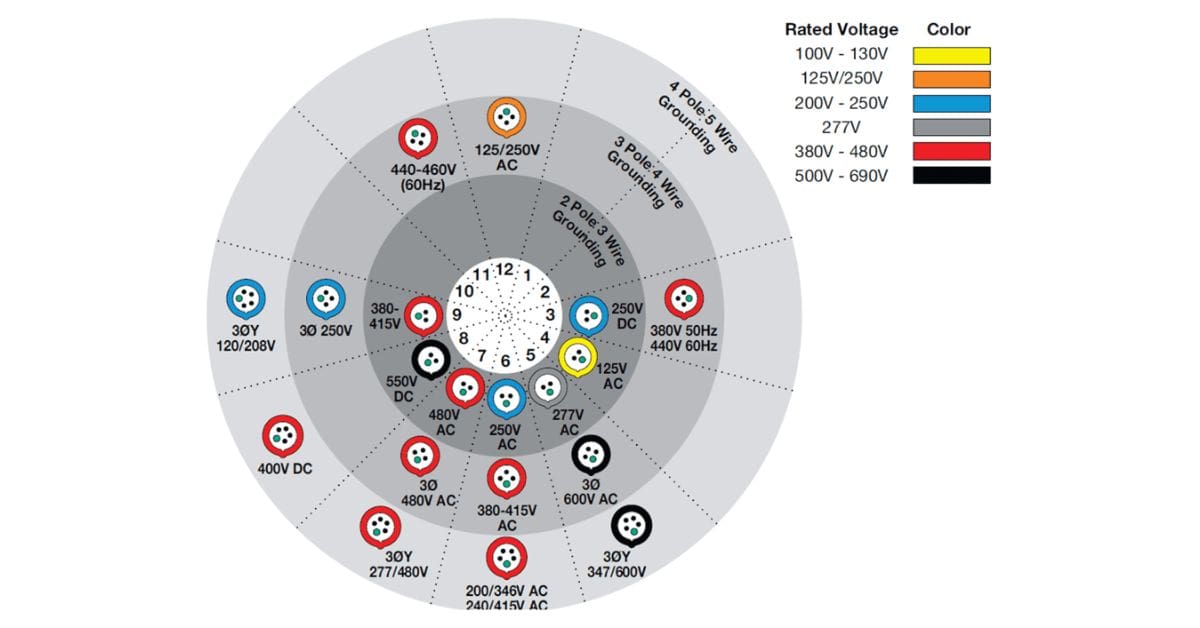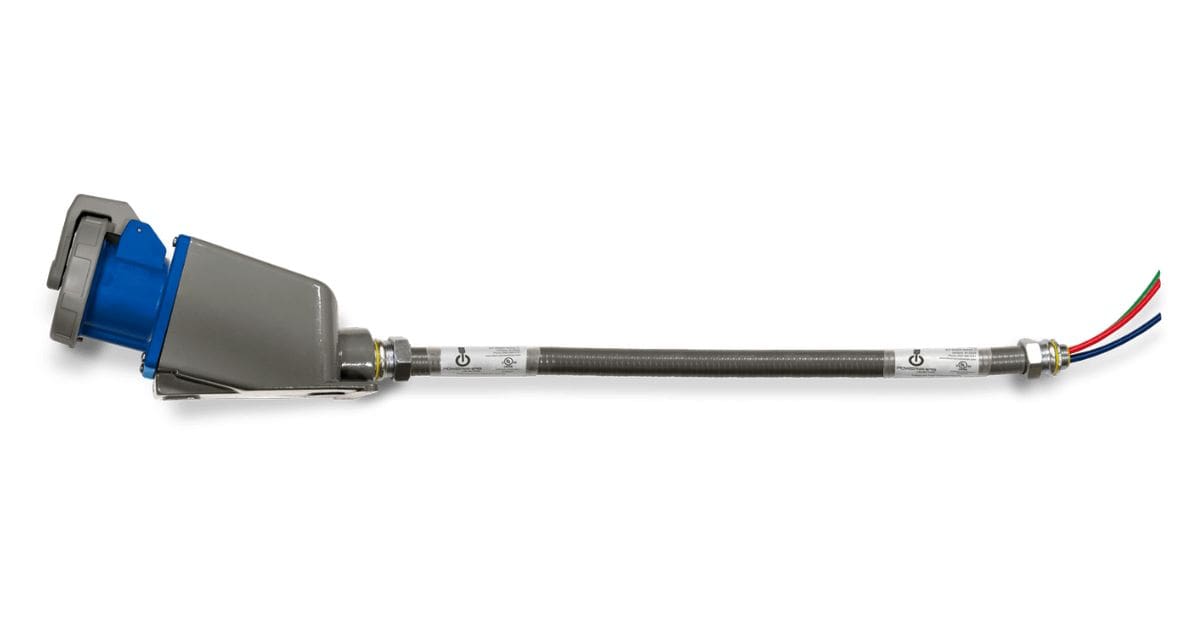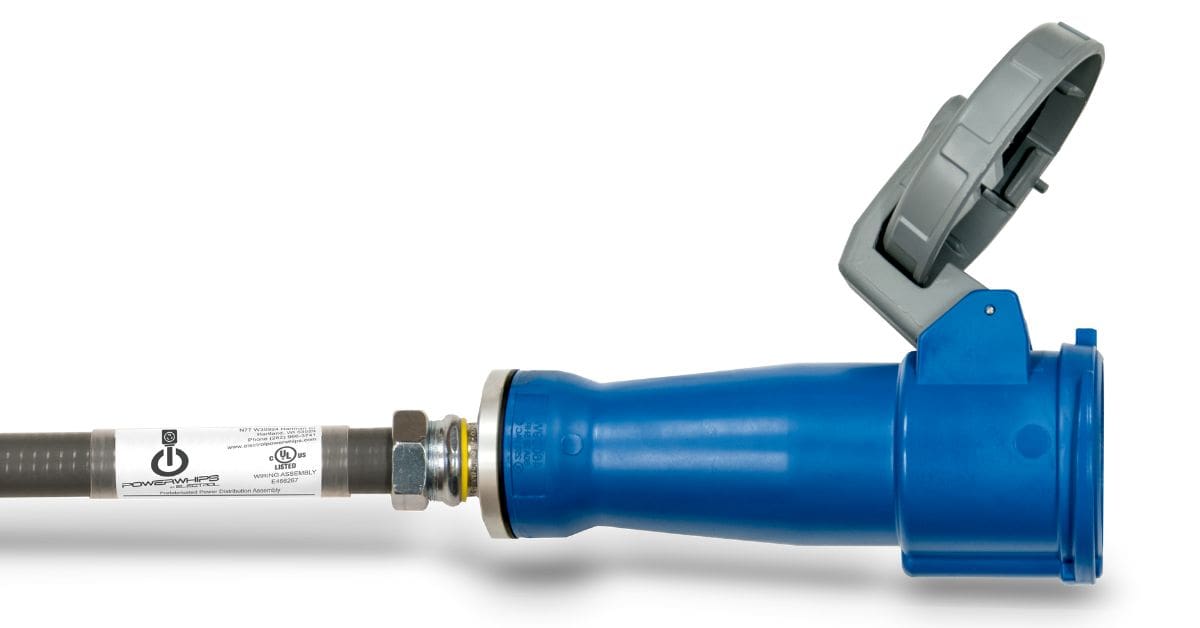
Walk into any data center or office space, and you’ll spot them everywhere; those distinct power connectors linking your equipment to reliable electricity. But here’s the thing: not all power connectors are created equal.
The difference between IEC C13, C19, and C21 power connectors goes far beyond their physical appearance. Each serves specific purposes, handles different power loads, and connects to particular types of equipment. This guide breaks down everything you need to know about these three types of connectors.
Understanding IEC Power Connector Standards
The International Electrotechnical Commission (IEC) developed standardized power connectors to create universal compatibility across electrical equipment worldwide. These standards eliminate confusion and promote safety by establishing consistent designs for different power requirements.
IEC connectors follow a systematic naming convention. The “C” stands for “connector,” followed by a number that indicates the specific type of connector. Odd numbers (like C13, C19, C21) represent inlet connectors that receive power, while even numbers represent outlet connectors that supply power.
Why Connector Standards Matter
Standardization prevents dangerous mismatches between equipment and power sources. Each connector type is rated for specific voltage and current levels, which protects both your equipment and your facility’s electrical system.
Without these standards, manufacturers might create incompatible connectors that look similar but carry different electrical specifications. This could result in overheating, equipment failure, or worse—electrical fires.
IEC C13 Power Connectors: The Data Center Workhorse
The IEC C13 connector is perhaps the most recognizable power connector in IT environments. You’ve probably seen its distinctive three-pronged design countless times without realizing its official designation.
Technical Specifications
C13 connectors handle up to 10 amperes of current at 250 volts AC. This power rating makes them perfect for standard IT equipment that doesn’t require heavy electrical loads.
The connector features a compact, rectangular design with three pins arranged in a specific pattern. This design prevents accidental insertion of incompatible plugs and provides a secure connection that won’t easily come loose.
Advantages and Limitations
The main advantage of C13 connectors is their universal compatibility with standard IT equipment. They’re cost-effective, readily available, and technicians worldwide recognize them instantly.
However, their 10-amp limitation restricts their use with high-power equipment. Servers with multiple processors, high-end workstations, or equipment with redundant power supplies often exceed this threshold.

IEC C19 Power Connectors: Built for Higher Power Demands
When C13 connectors can’t handle the load, C19 connectors step up to the challenge. These durable connectors accommodate equipment that draws more substantial power requirements.
Technical Specifications
C19 connectors support up to 16 amperes at 250 volts AC, providing 60 percent more power capacity than their C13 counterparts. This increased rating comes with a larger, more durable physical design.
The connector maintains the same three-pin arrangement as C13 but features a wider, more rectangular shape. This size difference prevents accidental connection to lower-rated outlets.
Primary Use Cases
High-performance servers, blade server chassis, and enterprise-grade networking equipment commonly use C19 connectors. Data centers with power-hungry equipment rely heavily on these connectors.
Large UPS (Uninterruptible Power Supply) units also utilize C19 connectors due to their higher power requirements. Network core switches and high-capacity storage arrays frequently feature this connector type as well.
IEC C21 Power Connectors: Specialized Applications
C21 connectors represent a specialized category designed for specific applications that require unique electrical characteristics. While less common than C13 or C19, they serve critical roles in certain environments.
Technical Overview
C21 connectors handle 16 amperes, similar to C19 connectors, but operate at 250 volts DC rather than AC. This direct current capability makes them suitable for specialized equipment that requires DC power input.
The physical design resembles C19 connectors but includes distinctive keying to prevent accidental connection to AC power sources. This safety feature protects equipment designed for DC operation.
Specialized Applications
Telecommunications equipment, particularly in central office environments, often requires DC power for reliability reasons. C21 connectors provide the standardized interface for these applications.
Some industrial control systems and specialized test equipment also utilize C21 connectors. Battery backup systems in critical infrastructure may incorporate these connectors for DC power distribution.
Industry-Specific Requirements
Telecom installations often mandate DC power to maintain operation during AC power outages—central office battery plants supply -48V DC power through distribution systems that may use C21 connectors.
Certain medical equipment and laboratory instruments also require stable DC power, making C21 connectors valuable in these specialized environments.
Key Differences Between C13, C19, and C21 Connectors
When selecting the right power connectors for specific applications, understanding the distinctions between C13, C19, and C21 connectors is crucial. Each of these connector types is designed to meet particular power requirements and usage scenarios, making them suitable for different industries and environments.
Power Handling Capacity
The most obvious difference lies in power-handling capacity. C13 connectors have a maximum of 10 amps, while both C19 and C21 can handle 16 amps. This 60 percent increase in capacity opens up applications for more power-hungry equipment.
Voltage and Current Types
C13 and C19 connectors work with AC power systems, the standard for most commercial and residential applications. C21 connectors are designed specifically for DC power systems, which are less common but critical in certain industries.
Equipment Compatibility
You can’t mix and match these connectors arbitrarily. Equipment designed for C13 connectors won’t accept C19 or C21 plugs due to physical size differences. Similarly, C21’s DC-specific design prevents accidental connection to AC power sources.
Choosing the Right Connector
Selecting the correct power connector is essential to ensure safety, efficiency, and compatibility in your equipment setup. Understanding the differences between connector types can help you make informed decisions tailored to your specific needs.
Assess Your Power Requirements
Start by determining your equipment’s power consumption. Check the nameplate or specifications for the current draw in amperes. Equipment drawing less than 10 amps can use C13 connectors, while higher loads require C19 or C21.
Consider Your Power Source
AC power systems use C13 or C19 connectors, depending on load requirements. DC power systems, commonly used in telecommunications and certain industrial applications, require C21 connectors.

Making the Right Choice
Understanding the difference between IEC C13, C19, and C21 power connectors empowers you to make informed decisions about your electrical infrastructure. Each connector type serves a specific purpose, ranging from standard office equipment to specialized telecommunications applications.
The key to successful implementation lies in matching connector specifications to your equipment’s actual requirements. Start by auditing your current equipment’s power requirements, then select the appropriate connector types based on the guidelines in this article.
Ready to upgrade your power infrastructure? At Electrol Powerwhips, we offer durable, quality-tested IEC 60309 receptacles and accessories designed to meet your specific power requirements. Explore our comprehensive selection to find the perfect solutions for a reliable and efficient electrical setup.
